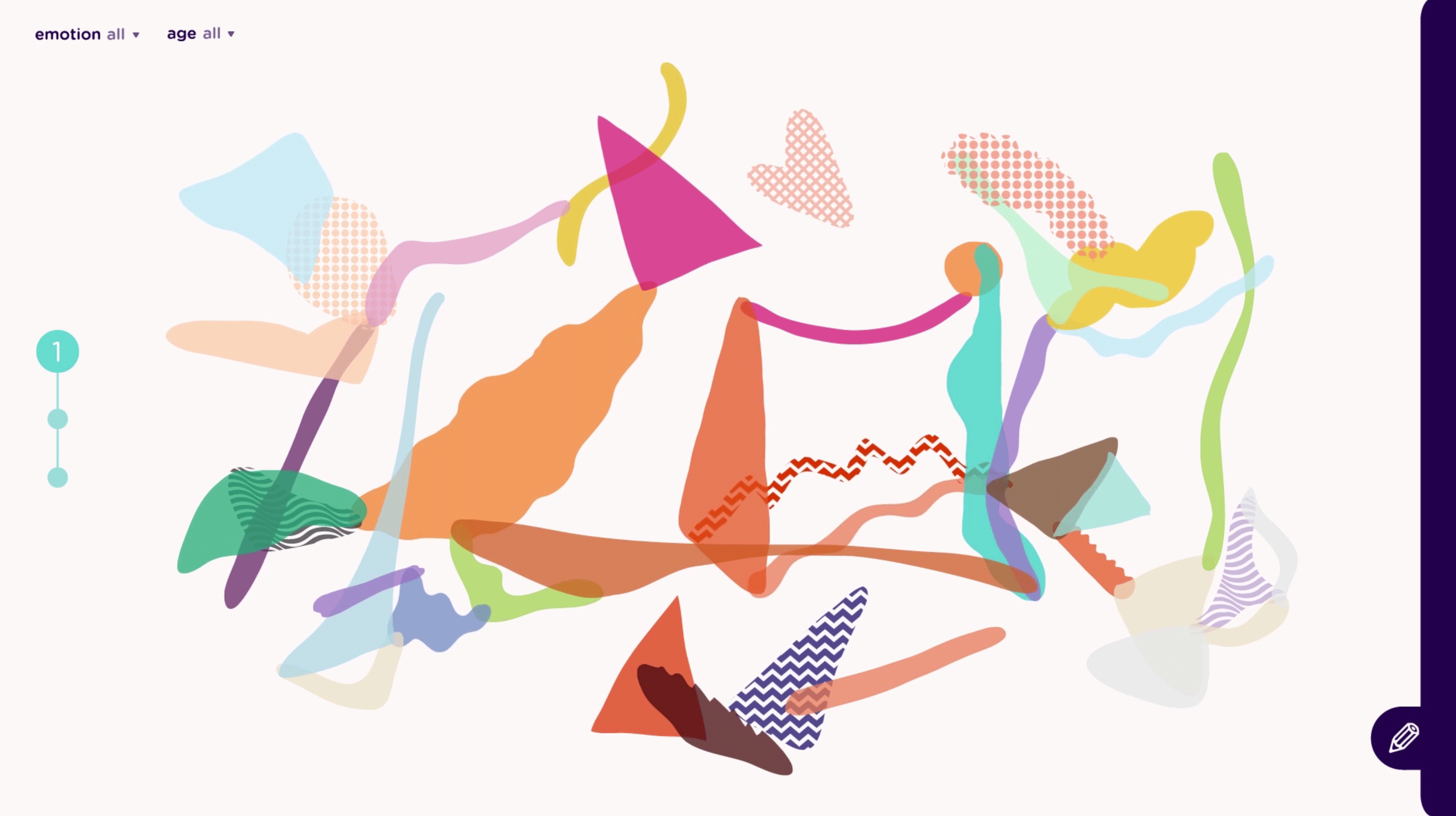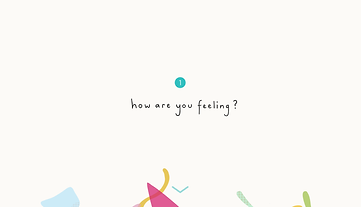
From Ludic to Lucid
ui/ux design
‘From Ludic to Lucid’ is a speculative interface design project, awarded First Class Honours at the Queensland University of Technology in the field of Interactive and Visual Design. This project explored the question: How can the goal-oriented experience of e-mental health information seeking be reimagined through the lens of play to intrinsically engage emerging adults?
“Play is not just mindless entertainment, but an essential way of engaging with, and learning about, the world and ourselves”
WILLIAM GAVER

Prototyping play






The "wicked problem"
This video demonstrates a typical user journey throughout the
interface on a desktop device, as proof of concept.

On the cusp between childhood and adulthood, emerging adults – young people between the ages of 18 and 25 – experience an intense period of learning and socio- emotional development. This demographic faces unique psychological and health issues, with one in four young people currently suffering from a mental health condition. 44% of young Australians access health information online, yet many existing e-mental health services fail to engage this demographic. While efforts have been made to motivate learning and extended engagement in the broader e-mental health context, little has been done to transform the traditionally goal-oriented, utilitarian practice of online information seeking. This project explored the potential of ludic design or play to enrich this process, satisfying our desires for curiosity, exploration and idiosyncratic experiences. With this came a wicked problem:

How do we take a process that is traditionally designed around the pragmatic goal of obtaining information and transform it into a playful, explorative and intrinsically engaging experience? How do we incite meandering, wonder and play, while also facilitating learning and meaningful engagement?

Meaningful play
Play encompasses a wide spectrum of activities, from rule-bound, structured play to free-form, exploratory play. Between the two we find concepts like gamification that are currently popular in the field user experience design, as a way of introducing game elements (leader boards, badges etc.) to non-game contexts. This project focused more on the fluid, open-ended and explorative concept of meaningful play, a "sweet spot" in which effective goals can be achieved through the use of play as a motivational tool.

The 3 stages
The final design concept guides the user through three stages:

Stage 1: How are you feeling?
This stage is designed to elicit self reflection and develop the emotional vocabulary of users, allowing them to create abstract shapes from constellations of their emotions – acknowledging that a person may be experiencing a variety of mixed emotions at one time. This is also a normalising stage, in that users can view the abstract forms that others have created alongside the personal anecdotes they have shared.
Exegesis: https://tinyurl.com/y73aff9s
Appendices: https://tinyurl.com/y9qvvkq8

Stage 2: Why are you feeling this way?
This stage allows users to input the issues that they are dealing with, adding to the abstract form from the previous step. This acts as a filter for the tools and information provided in the next stage. Users can also explore the forms that others have created, normalising the complexity and diversity of mental health experiences.

Stage 3: What do you need?
This stage is designed to elicit self reflection and develop the emotional vocabulary of users, allowing them to create abstract shapes from constellations of their emotions – acknowledging that a person may be experiencing a variety of mixed emotions at one time. This is also a normalising stage, in that users can view the abstract forms that others have created alongside the personal anecdotes they have shared.















